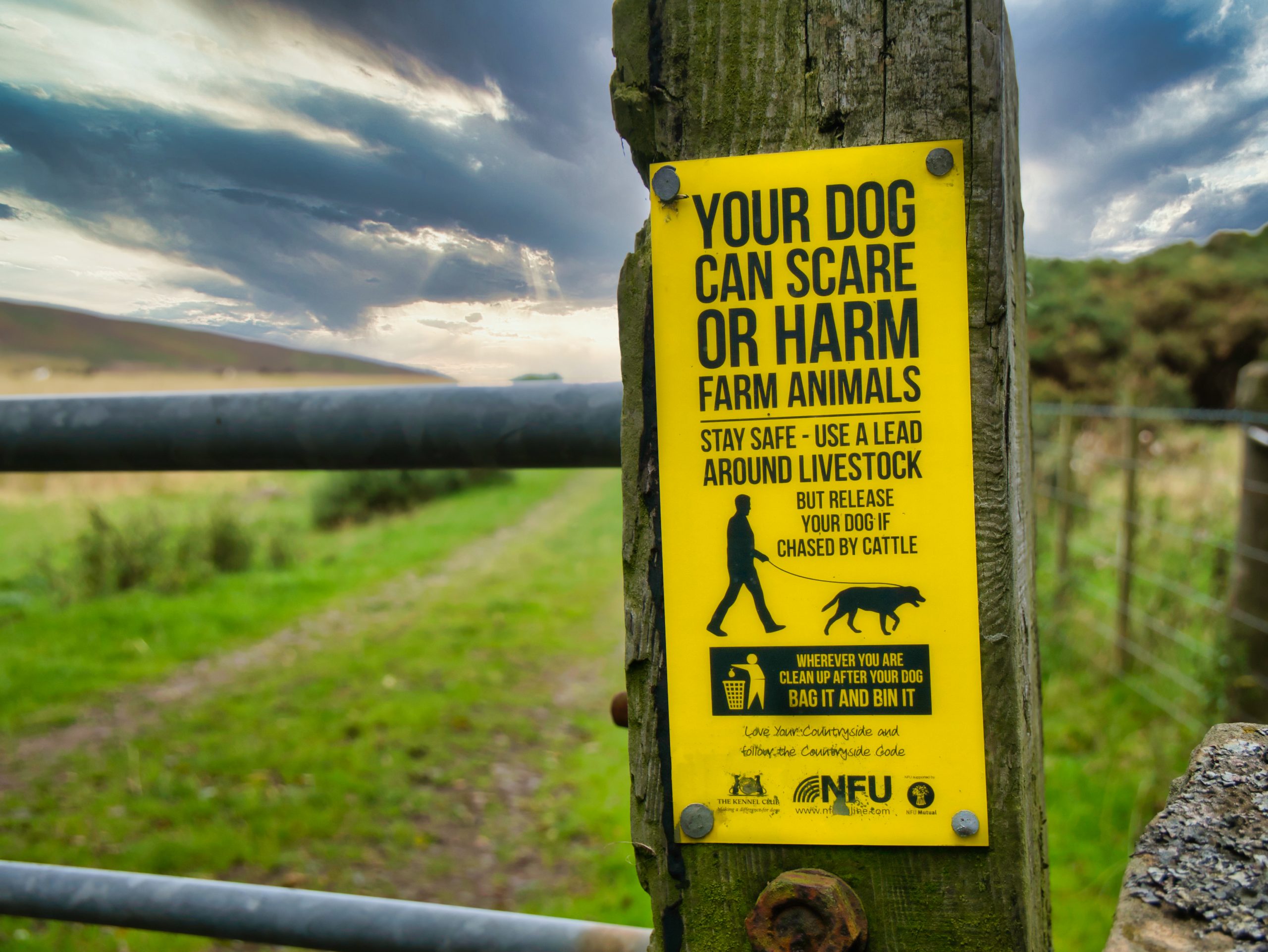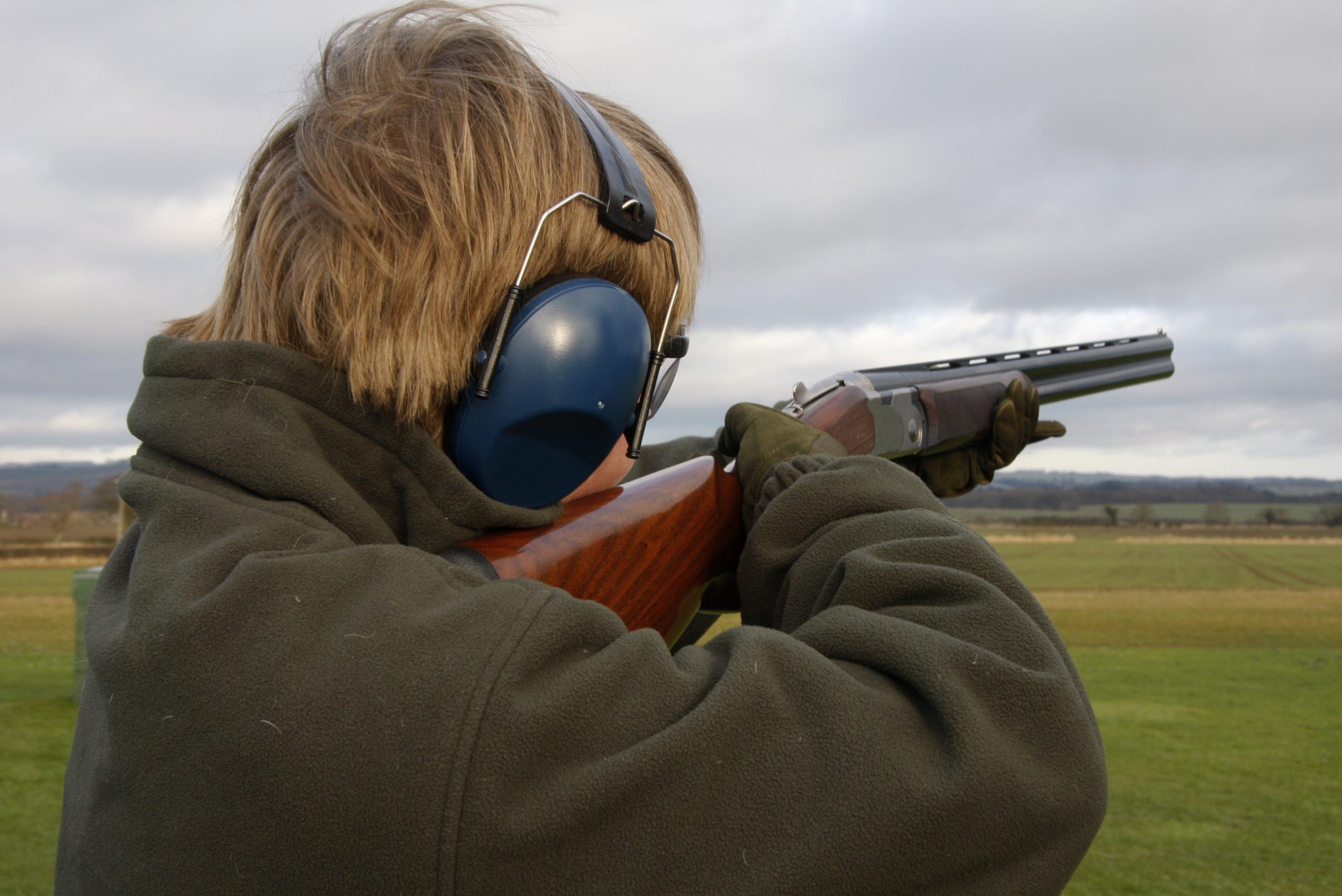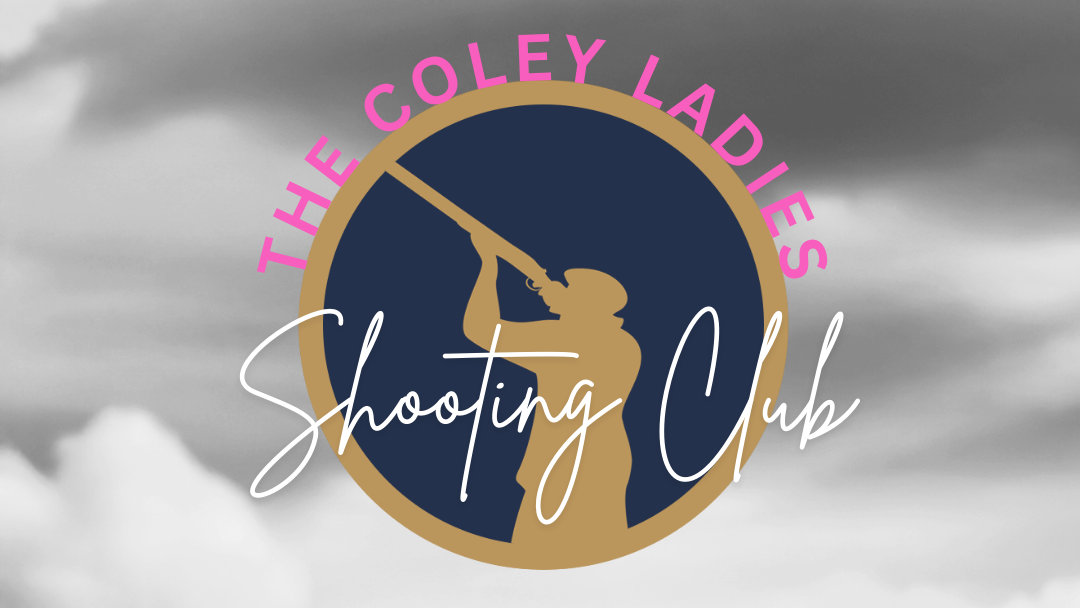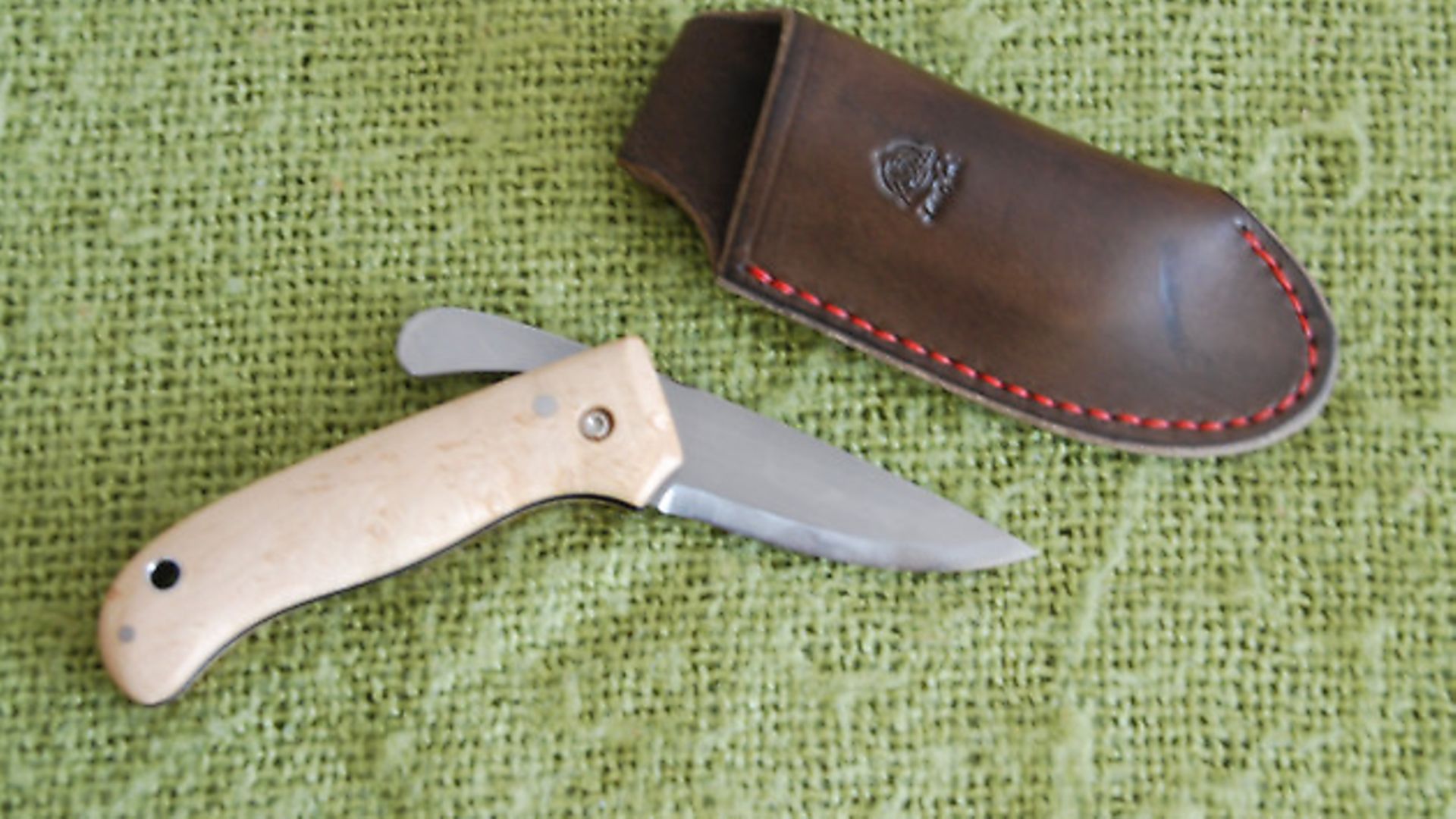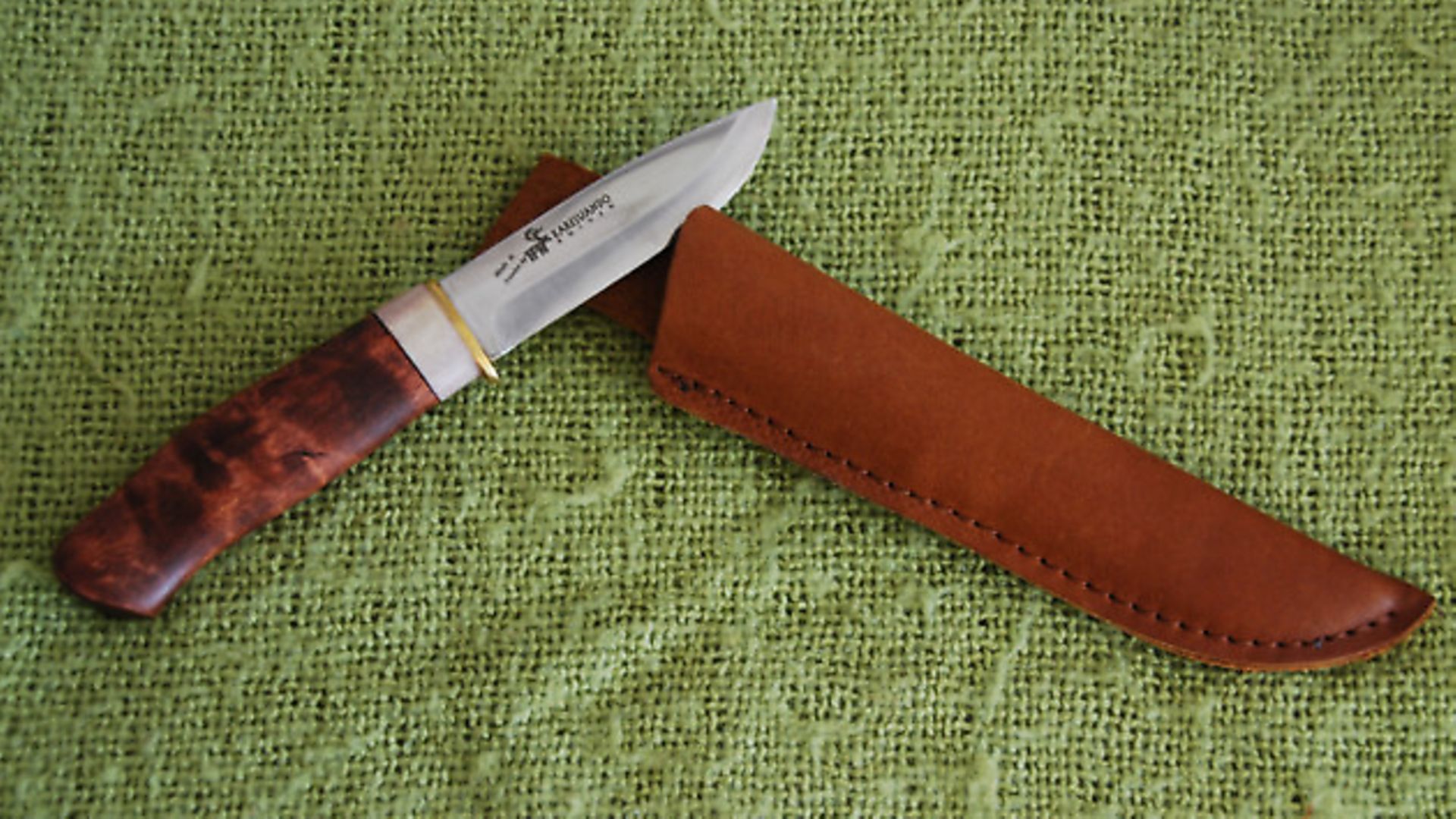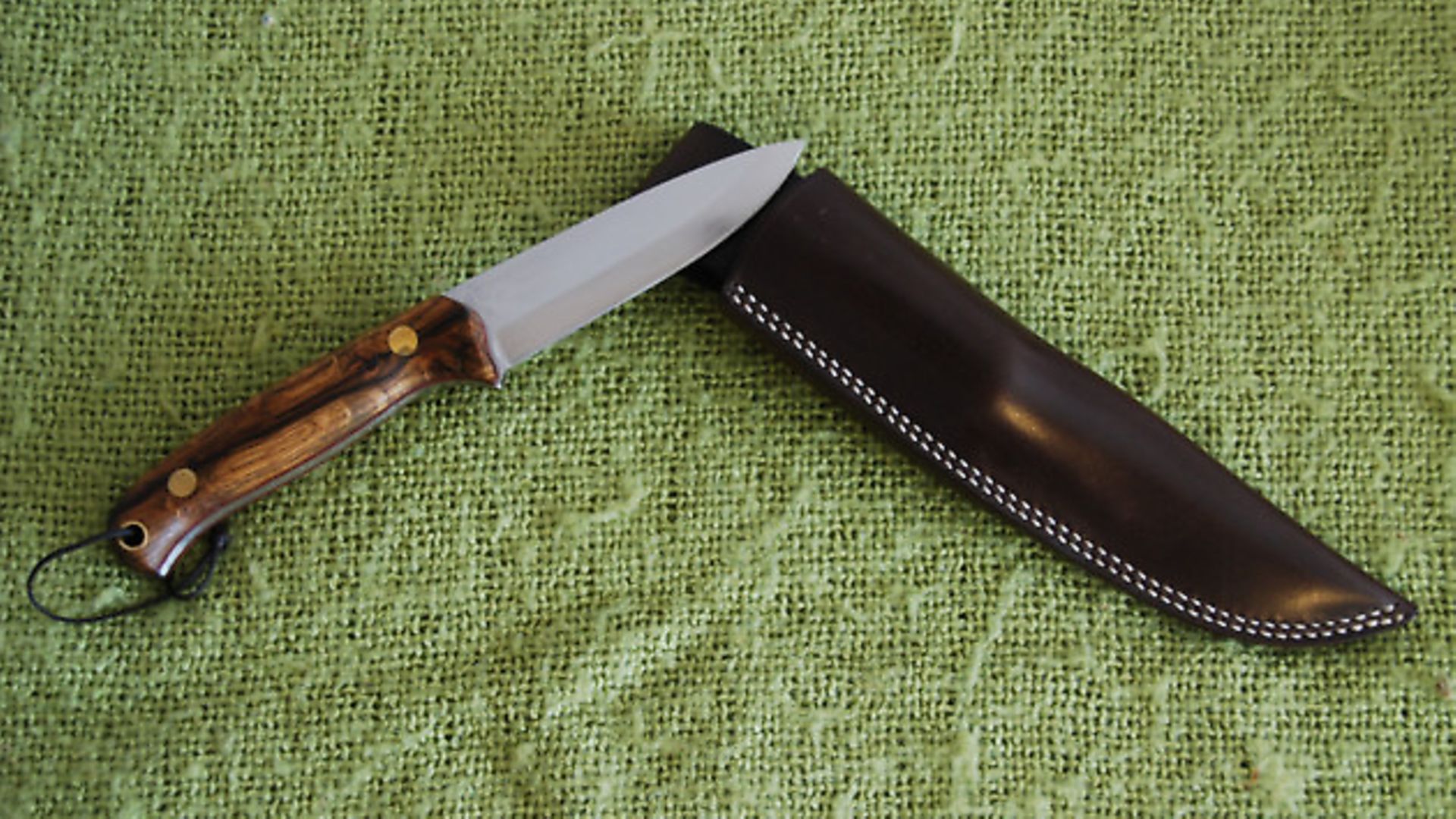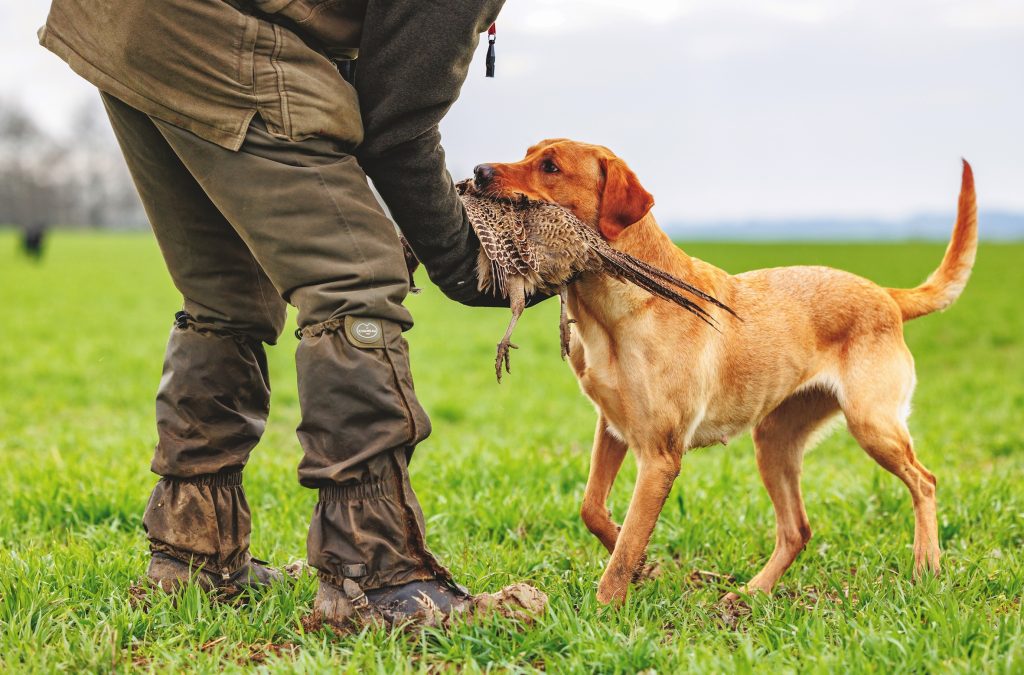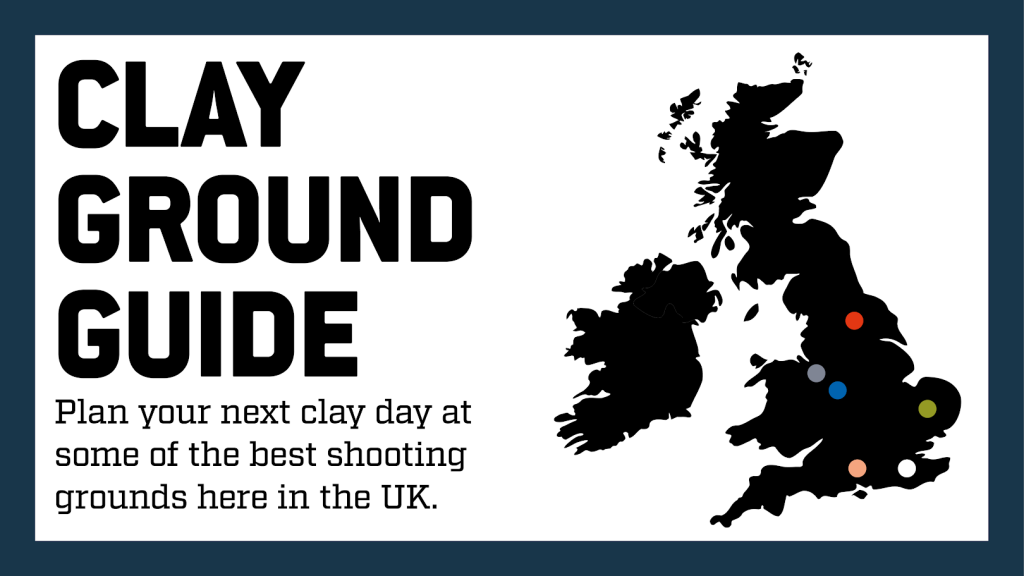How to choose the right knife
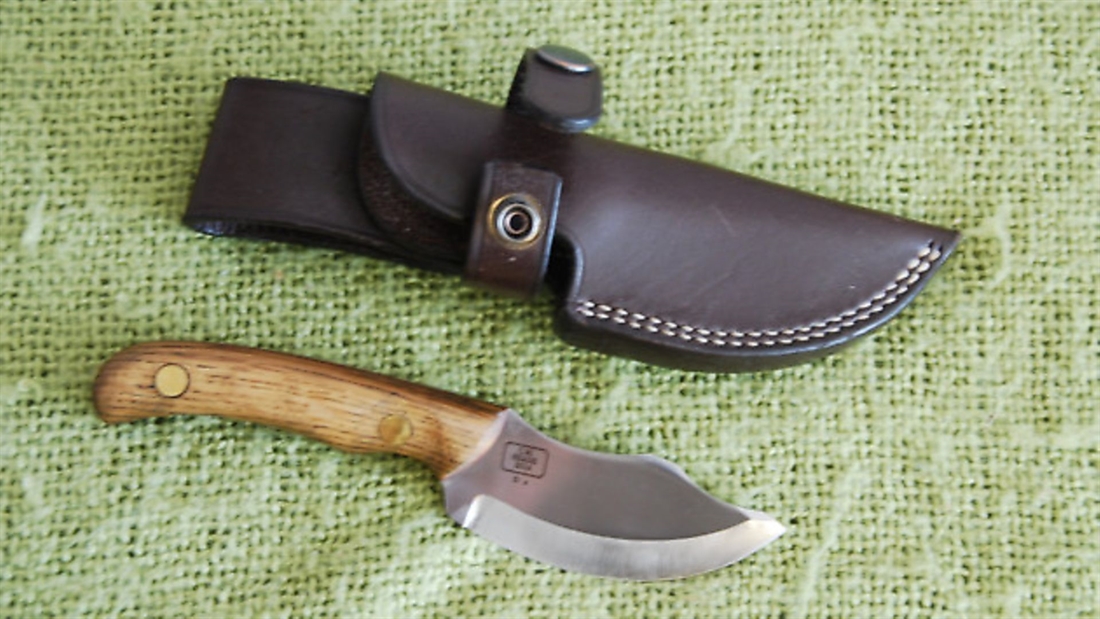
Buying a knife is far from simple – do you want carbon or stainless? Fixed blade or folding? Plastic or wooden handle? Follow Jonny’s guide to ensure you make the right choice
Knife selection is as much about personal preference as it is about usability. However, there are some all-encompassing facts that should be taken into consideration. By working down through the questions you can get an idea of what is suitable through a process of elimination.
Carbon or stainless steel?
There is a certain amount of snobbery involved in this choice. The purists would always go for carbon steel as it is easier to sharpen and can be sharpened to a finer edge. Using carbon shows that you are really into your knife maintenance because one of the downsides is that it rusts easily. The stainless steel knives are more difficult to sharpen but hold their edge for longer and require less maintenance. They are stain ‘less’, not stain ‘free’.
n Choose stainless steel if you are buying for a youngster, often work in the wet, are naturally lazy when it comes to maintenance, or have little time to sharpen your knife.
n Choose carbon if you want the sharpest knives going and enjoy the sharpening process.
What type of cutting edge do you want?
For wilderness skills use, most people go with the Scandinavian (Scandi) grind. This has a simple, single bevel on each side. It is robust, precise and easy to sharpen. A flat grind is a simple triangle and is even easier to sharpen, but can be brittle in cheaper knives. A convex grind (like an axe) is super strong, but not very good for precision carving. A concave grind (it looks like the Eiffel Tower in profile) is good for game preparation, but not usually as strong.
n Choose Scandi for wilderness skills and all-round performance.
n Choose flat for pen and non-heavy duty knives
n Choose convex for hacking (machetes, parangs, etc).
n Choose concave for skinning.
Folding or fixed blades?
Folding knives have an inherent weakness – the hinge. For robust work, like battening or chopping, you may damage the hinge or weaken the joint. Fixed blades do not have that weakness, but do have something called a ‘tang’. This is the part of the blade that is inside the handle. If the tang goes all the way to the end of the handle it is called a ‘full tang’, but if it only goes halfway down the handle it is called a ‘half tang’. The longer the tang the tougher it is! You should also take the law into account. If you’re going to be carrying the knife in a public place, then a non-locking folding knife is the one for you (so long as the blade is less than three inches). Folding knives also have one other disadvantage. If you are skinning, you’ll inevitably get bacteria on your knife that could form a delicious salmonella paste inside the handle when you fold the blade away. Extra caution should be taken to avoid this as the next time you cut ready-to-eat food you may get more than you bargained for.
n Choose a fixed blade for all-round performance.
n Choose a folding knife for carrying everywhere, so long as it doesn’t lock or the blade is too long.
Which sheath do I choose?
The leather versus man-made material sheath choice is not a deal breaker usually, but some people have a really strong preference. Personally I prefer a leather sheath, but it does require more maintenance and can be damaged more easily. I know a lot of people who like a plastic or a Cordura sheath. These are bullet proof and easily cleaned and sterilised. You may also want extras for your sheath, like a slot for a sharpening tool and another one for a firelighting device.
n Choose a leather sheath for the woodsman’s look.
n Choose a plastic sheath or Cordura sheath for hard wearing and cleanable properties.
Any extra cutting edges?
Some blades will have serrated edges and sharp edges on the back of the blade. These are generally for safety knives as they are great for cutting ropes and other things that canoeists, climbers and fishermen get tangled up in. For wood working they are not quite so good. In fact, I have found they make for a more unpleasant time in the woods because you can’t put your hand in the parts of the blade you want to use. Multi-tools are excellent for many different jobs, but as wilderness tools, they don’t really help. They have small blades, weak joints and are uncomfortable to use for long periods.
n Choose a plain blade if you want an all-round knife that you can do all your cuts with.
n Choose a multi-edged blade if you want to cut yourself out of trouble.
n Choose a multi-tool if you want to do lots of jobs with one item.
How long do you want your blade to be?
If you want to do fine work or you want to skin game, then you’ll need a small blade. But if you want to do heavy duty work then you’ll need a bigger knife. I personally find that between 9 and 11cm is about right for most things.
n Choose a short knife for carving.
n Choose a long knife for battening or hacking.
n Choose a medium-sized knife for a bit of both.
What sort of handle should I choose?
You’ll get a different answer from everyone you ask. There are so many choices, from antler to wood to micarta to plastic and many in between. I have had knives with handles made from yew, antler, elm, walnut, cherry and many more woods. The important thing is to fall in love with the handle as soon as you see it. It should ‘feel right’ in the hand and, believe it or not, there is such a thing as a left-handed knife.
The scale on the left of the blade should be slightly more bellied than the right and vice versa for a right-handed knife. Only slightly, but you should be able to feel the difference. Most knives (particularly manufactured knives) will be symmetrical.
n Choose a handle that you like! It’s an aesthetic choice!
How much should you spend?
To start with aim low. Many a knife has been sharpened incorrectly and so has become ruined and unusable. Don’t forget a blunt knife is a dangerous knife. For a first knife, spend around £10-£15. Then you can get better with it and sharpen it more effectively and trade up when you are ready. The next bracket is around £40-£70. These knives are generally the top end of the mass manufactured range. They are usually very good but will do the same as any other knife. The next step up is the £80-£120 bracket. Here you start to get into handmade handles but manufactured steel. The aesthetics start to kick in here. After that you can spend as much as you like or can afford. I’ve seen a couple of knives that come in at thousands rather than hundreds. For a handmade handle and hand-crafted steel you would look to pay £200+ for a decent knife.
n Choose a £10-£15 knife if you are a beginner or it is going to get wet all the time and you probably won’t look after it much.
n Choose a £40-£70 knife if you’ve got the hang of sharpening but want something a little better.
n Choose a £80-£120 knife if you are going to really appreciate using something that is a work of beauty.
n Choose a £200+ knife if you want to work with something that keeps giving back to you every time you use it. The craftsman that made it put love and passion into the finished product. You will never regret buying something that brings you joy every time you use it. Try to meet the craftsman and buy it direct if you can.

